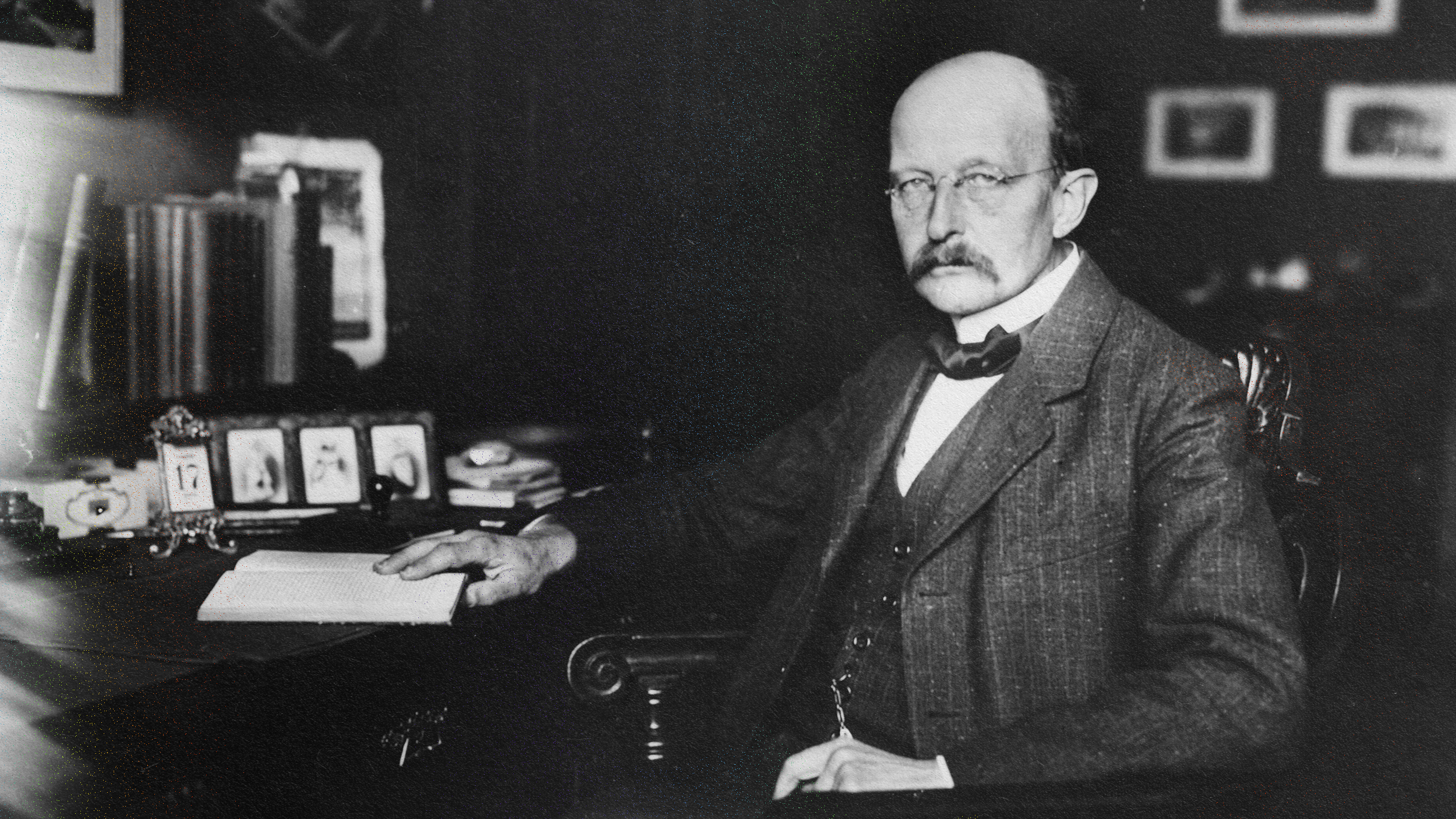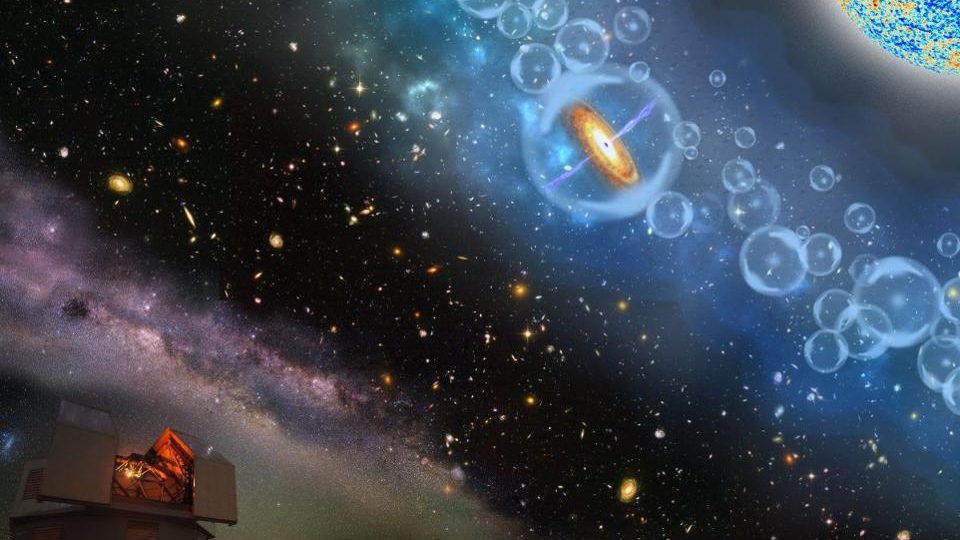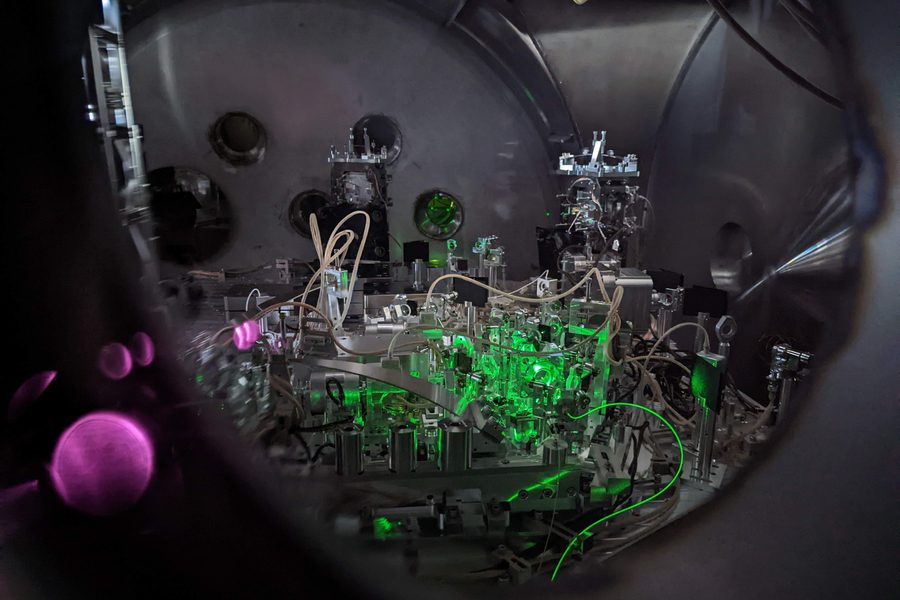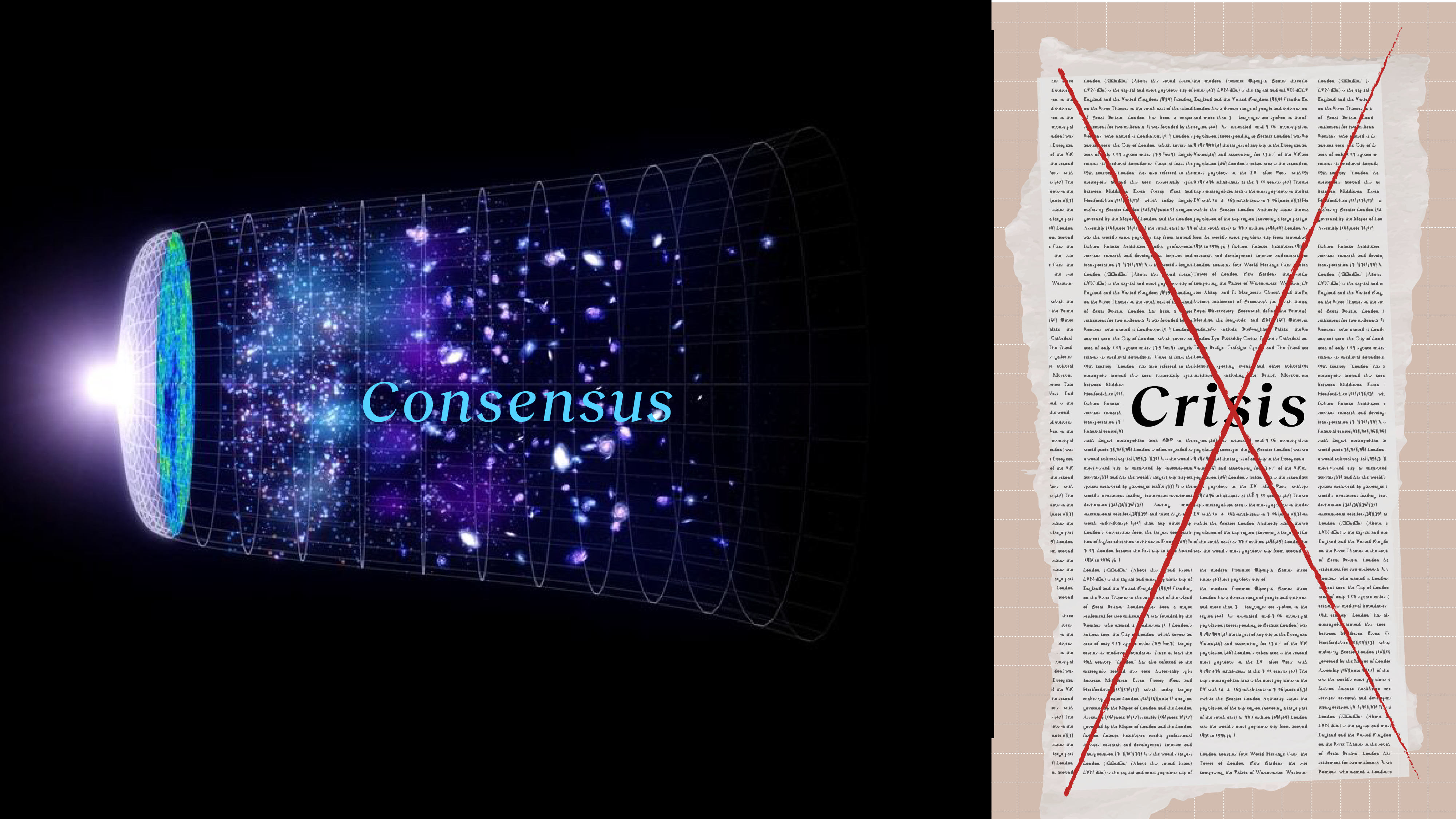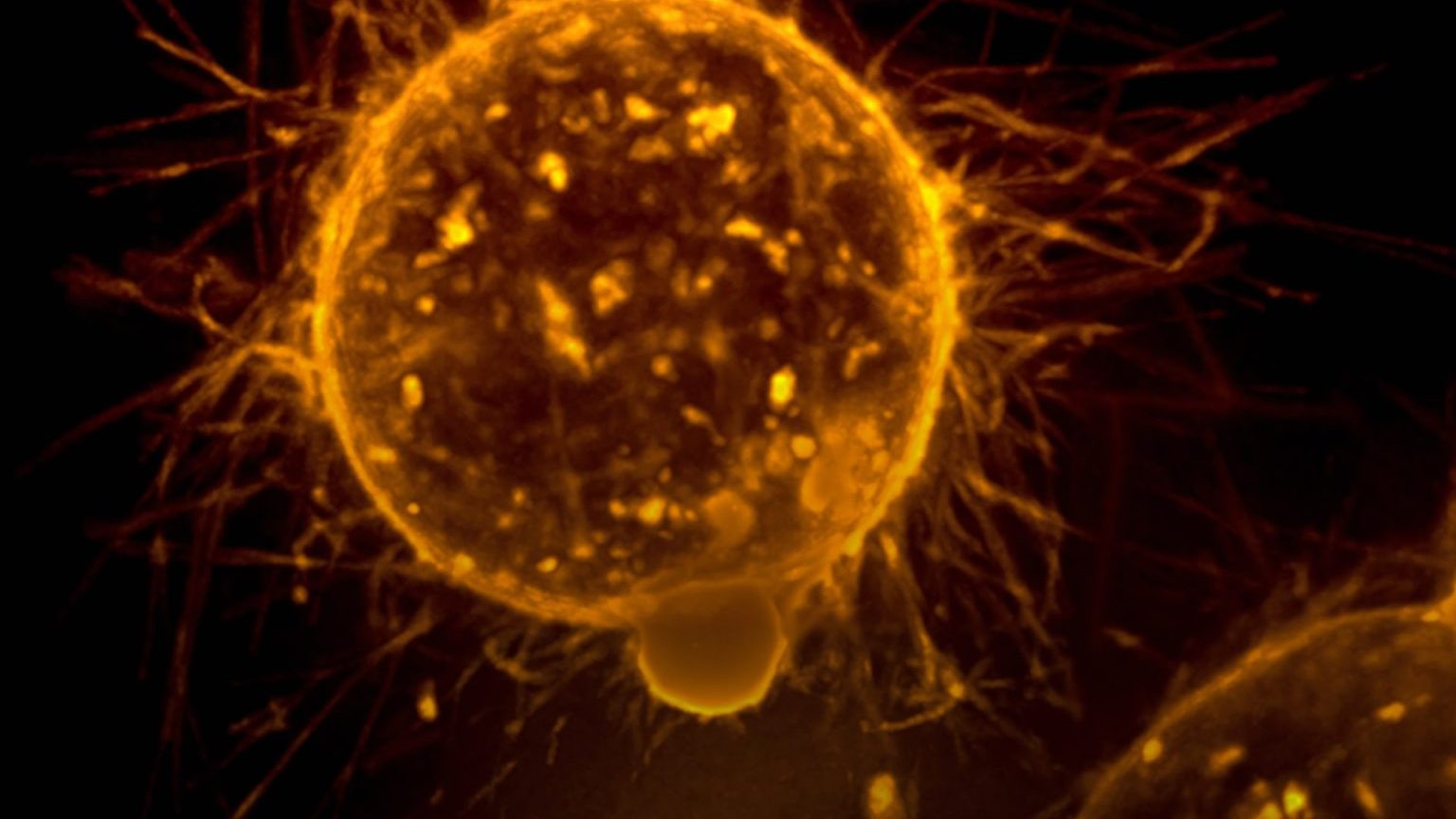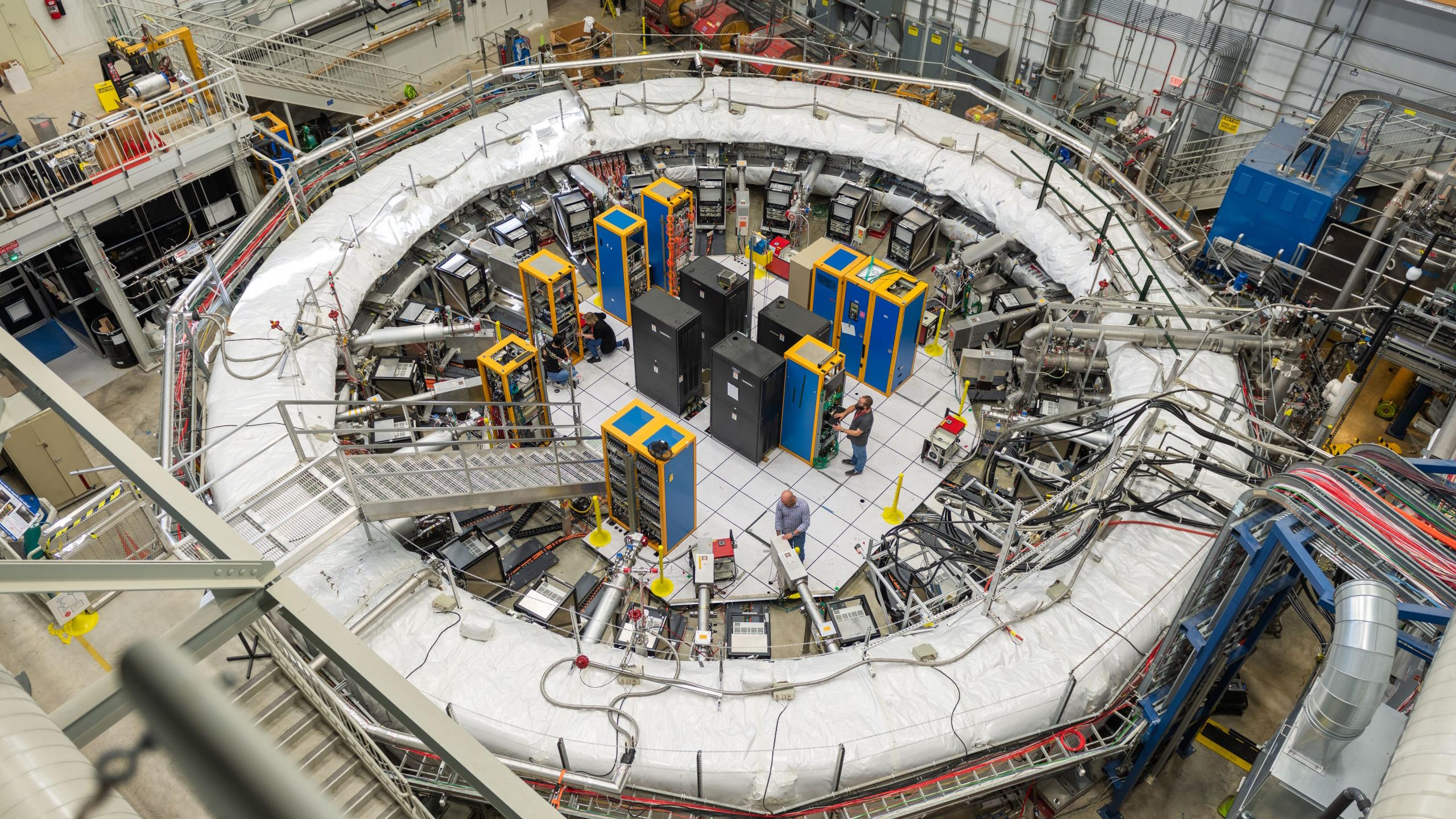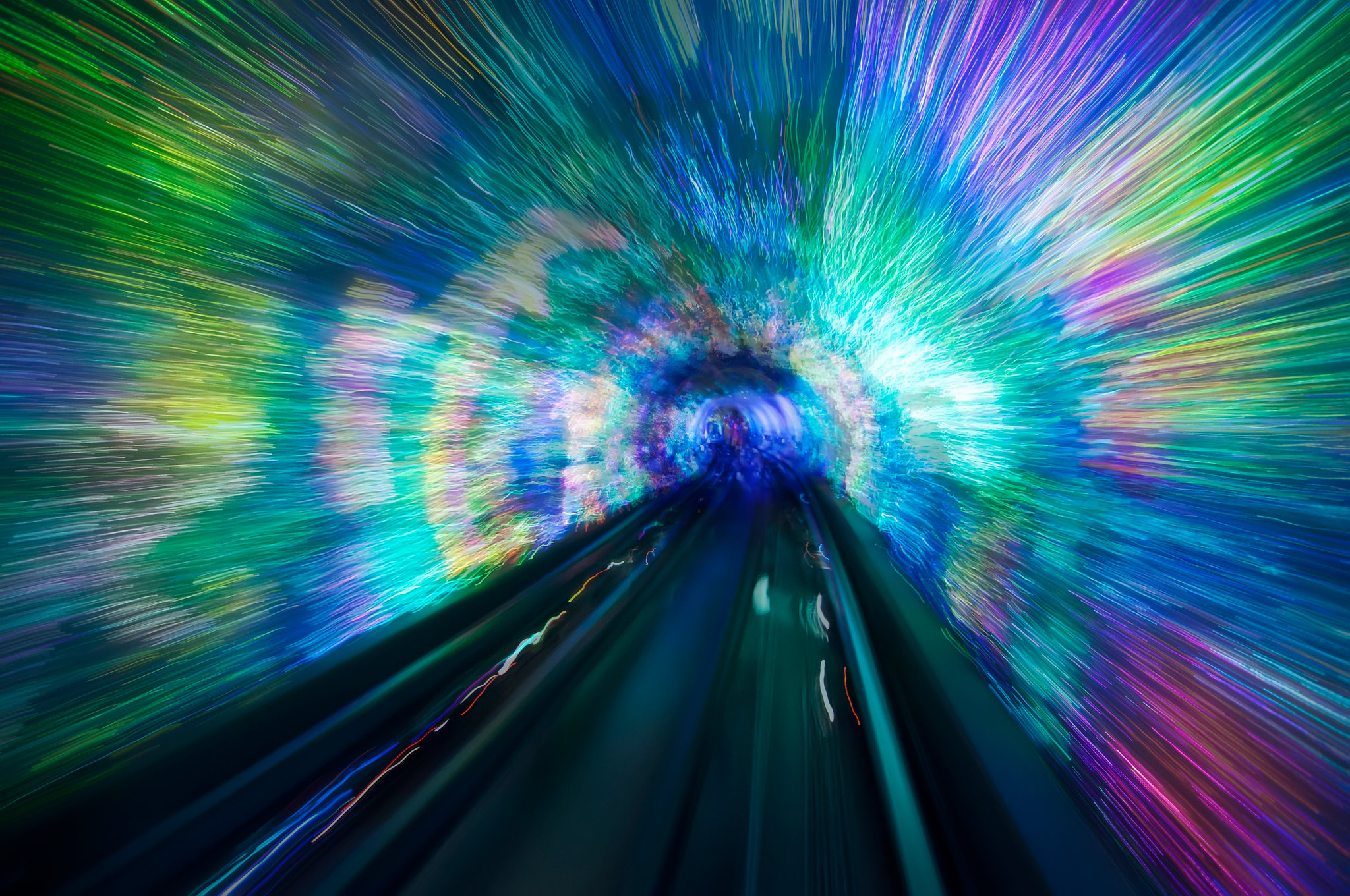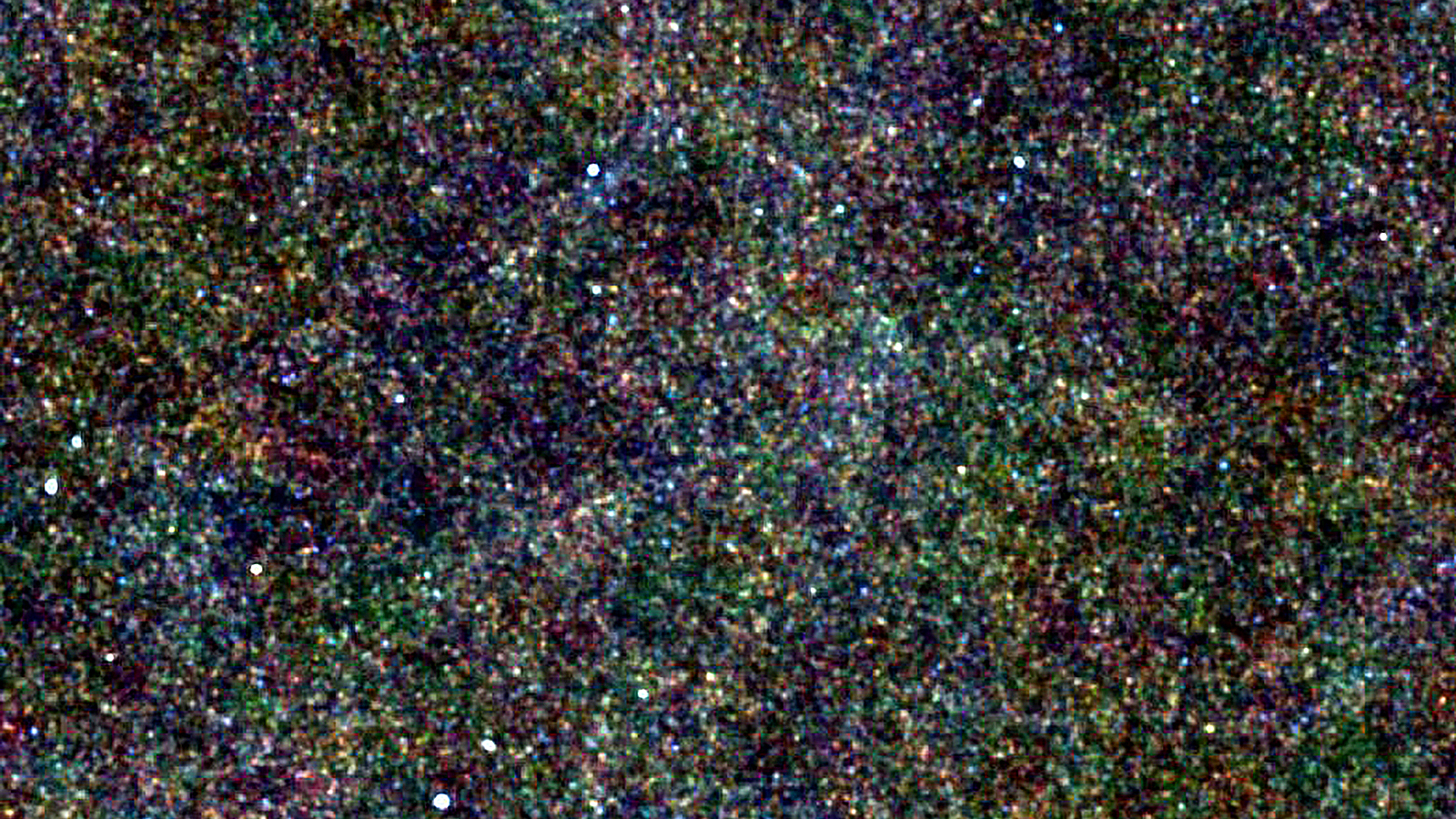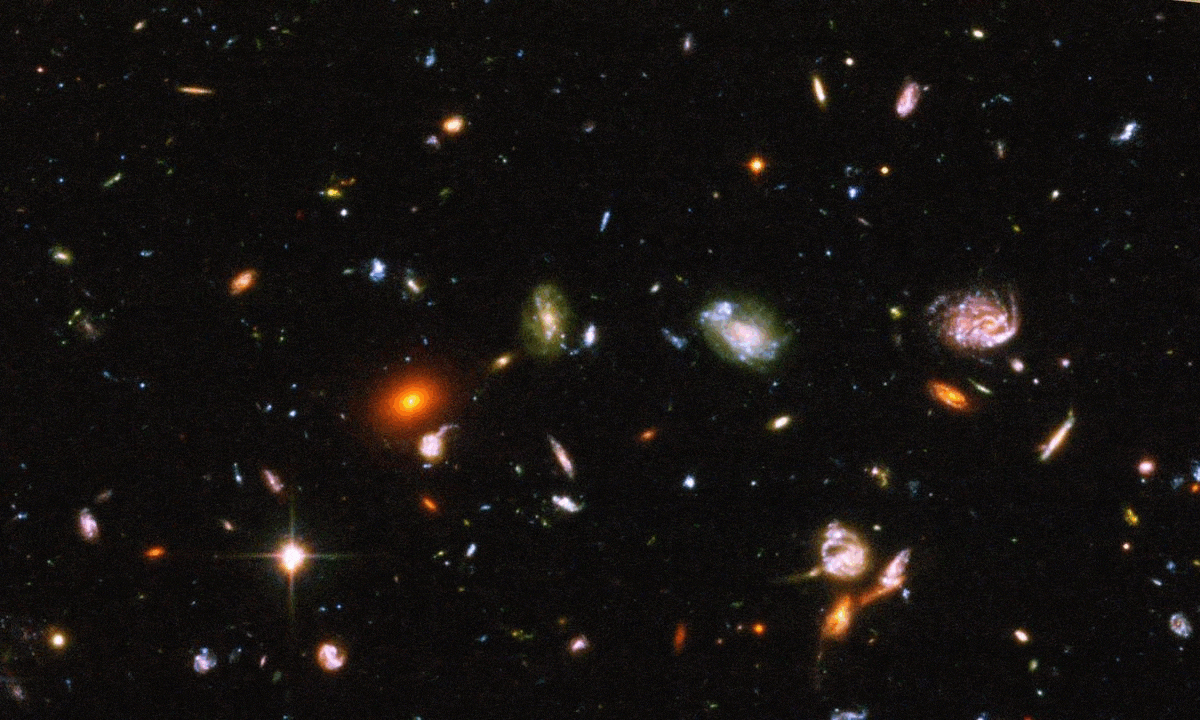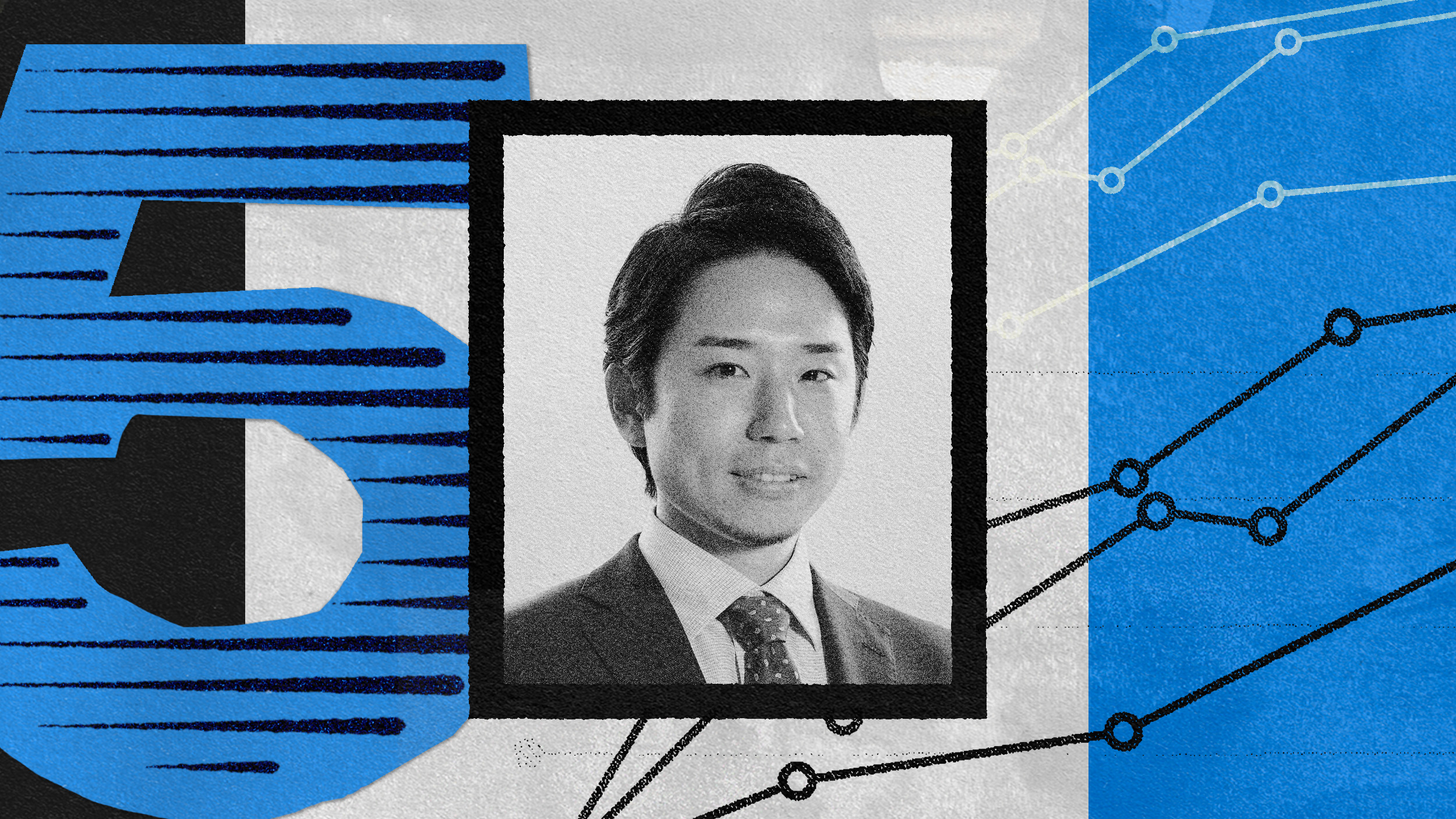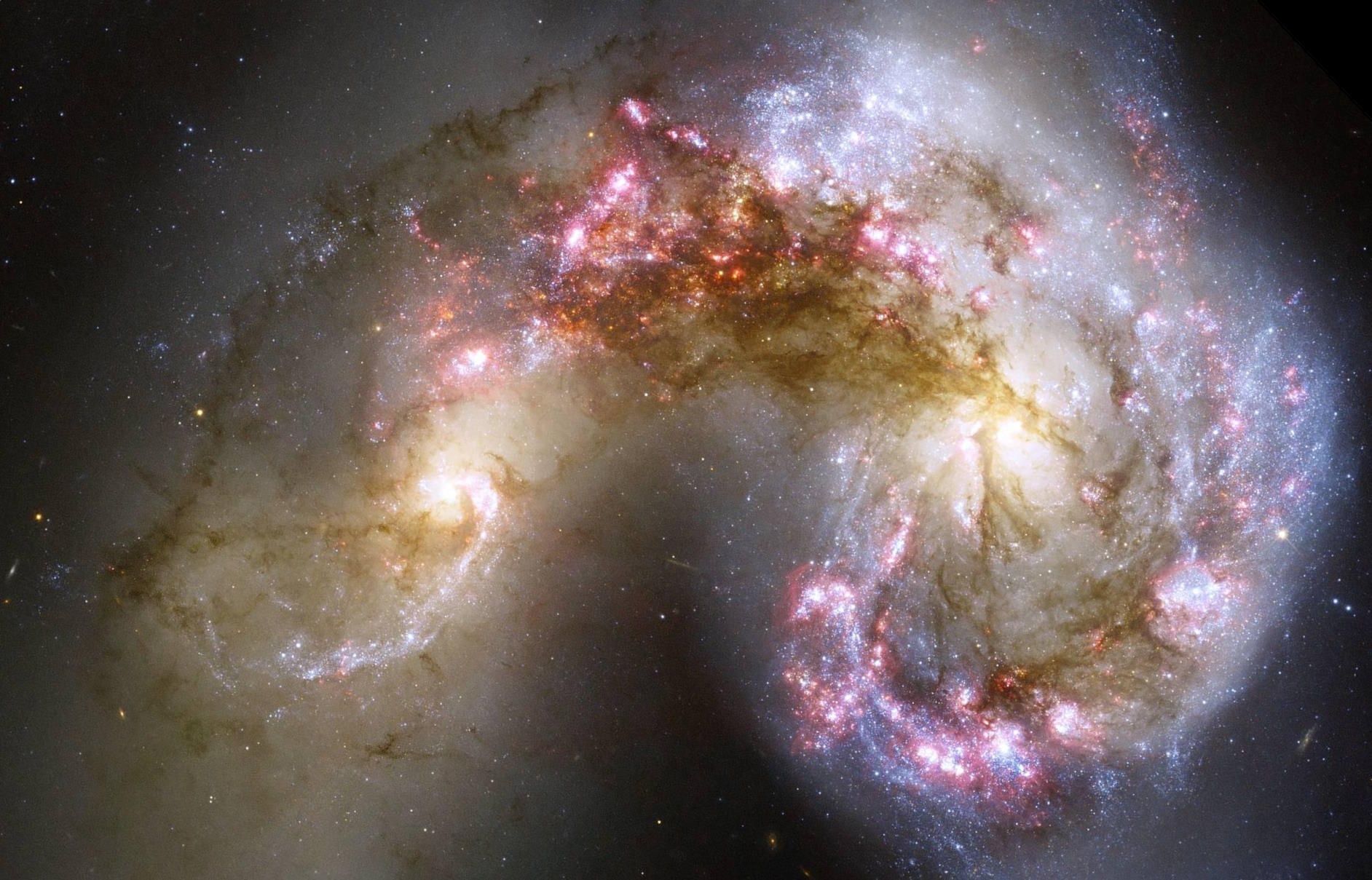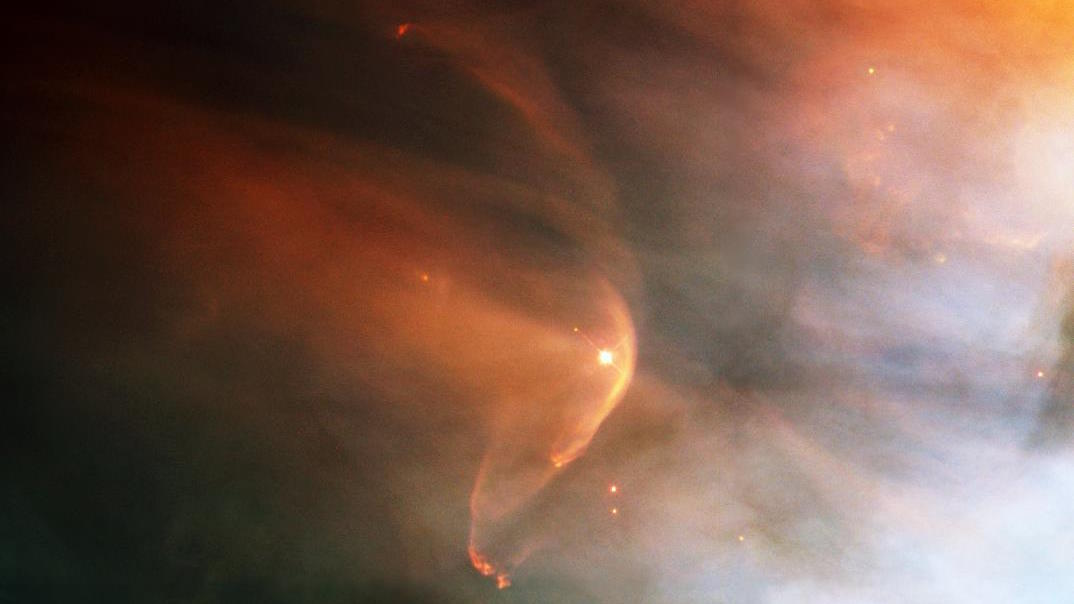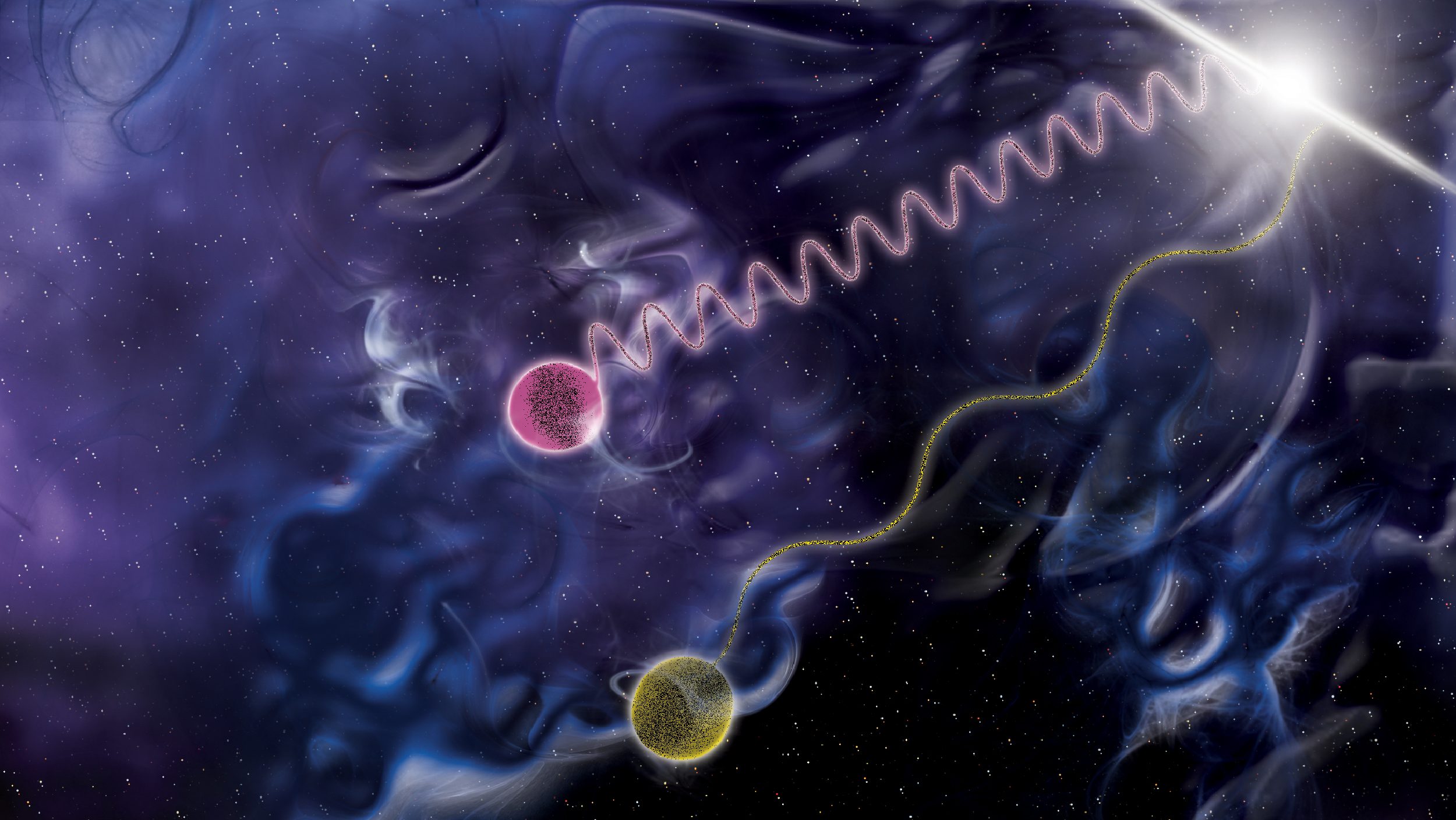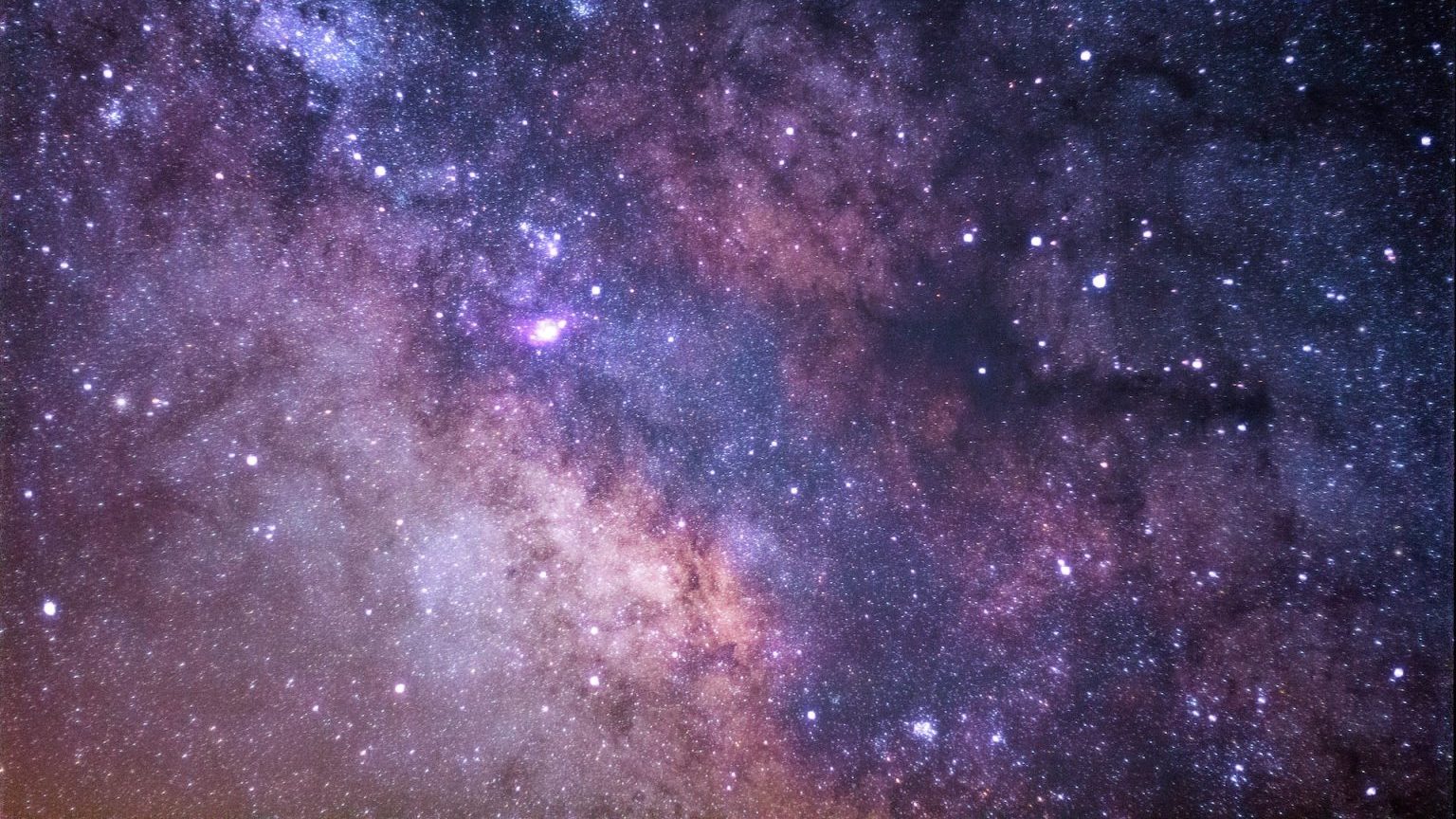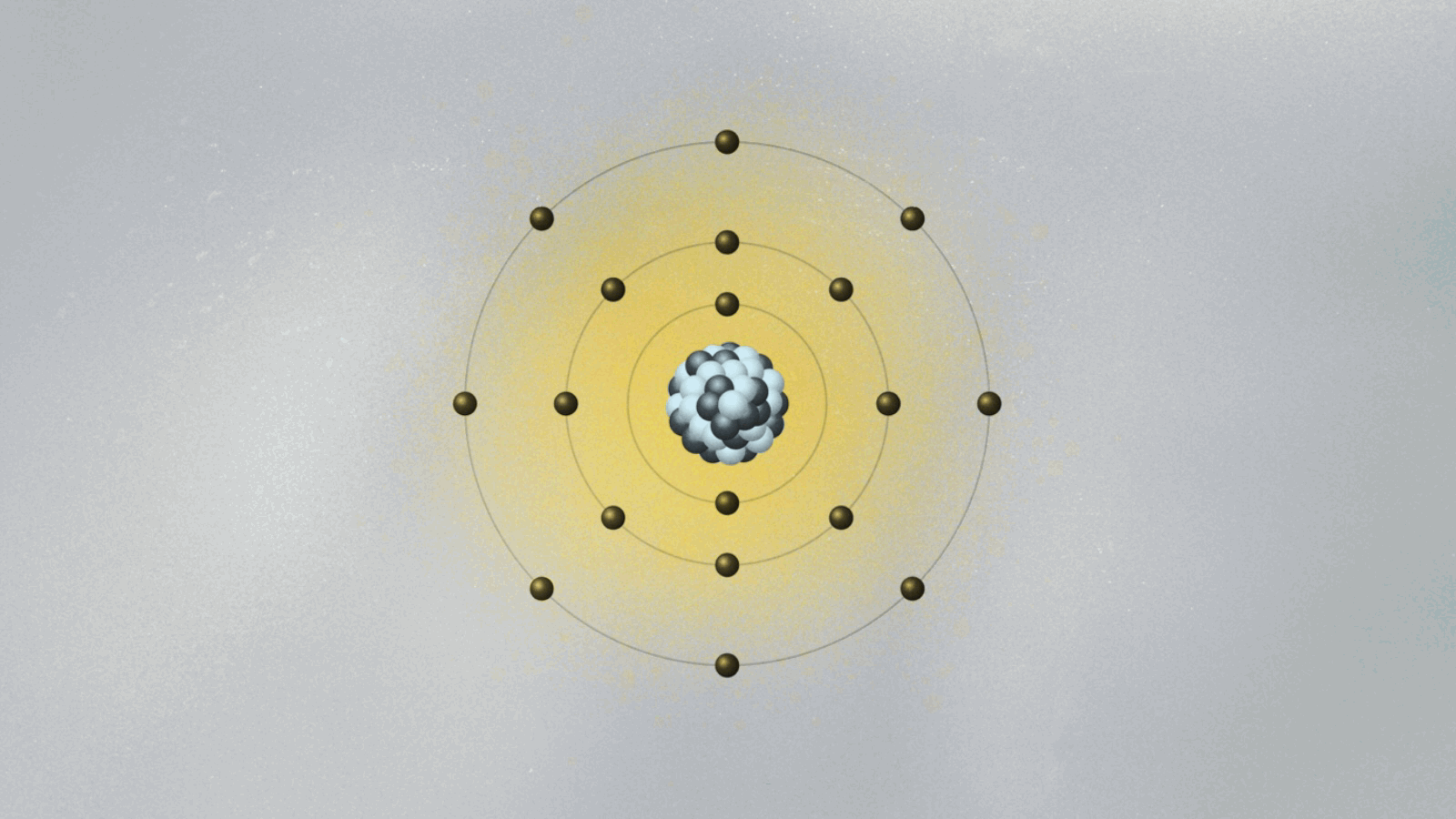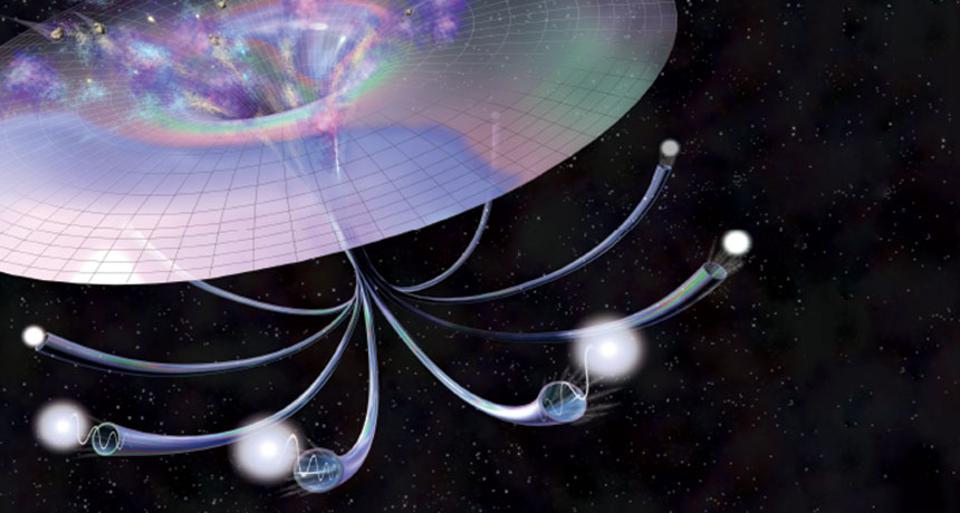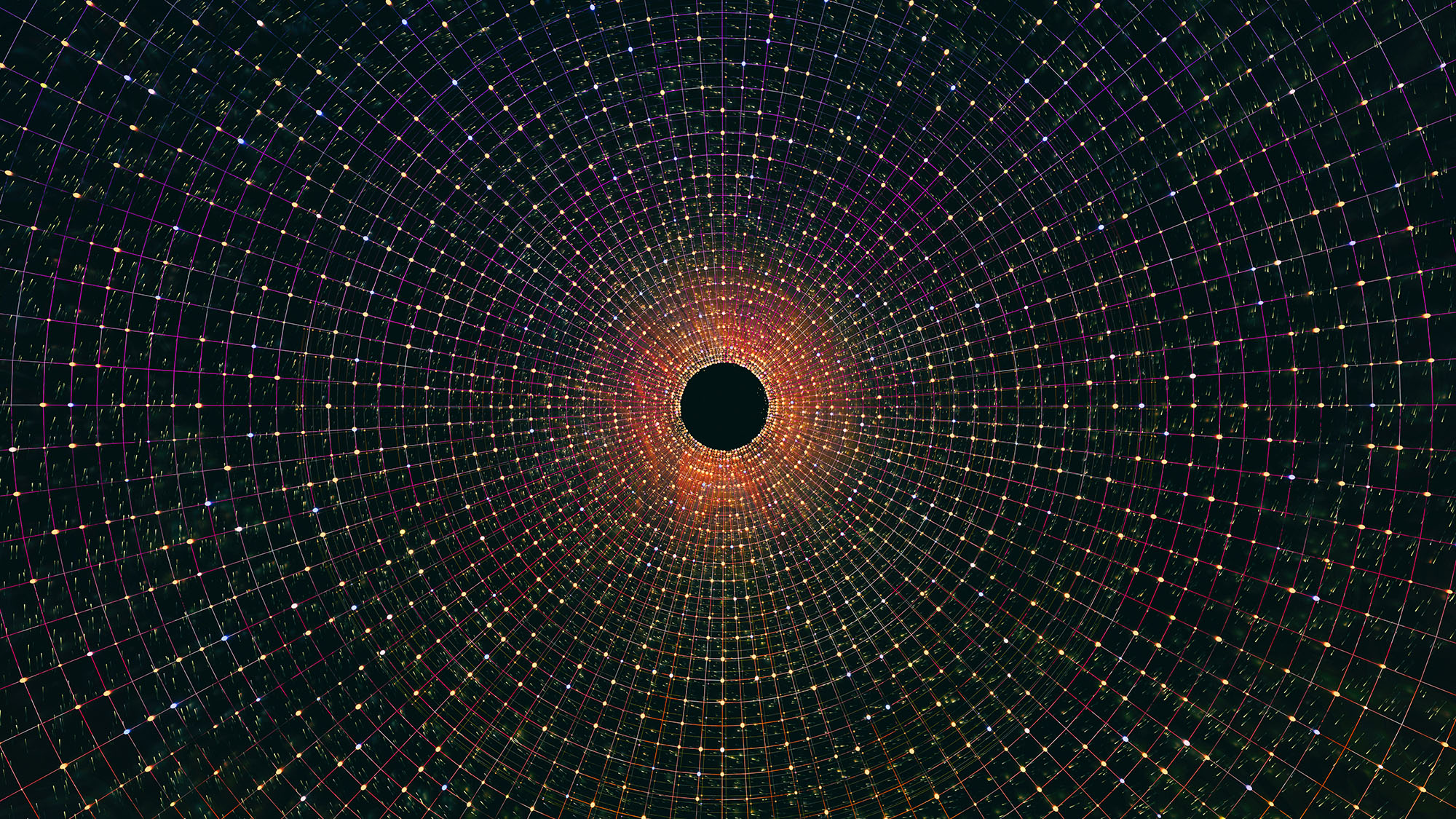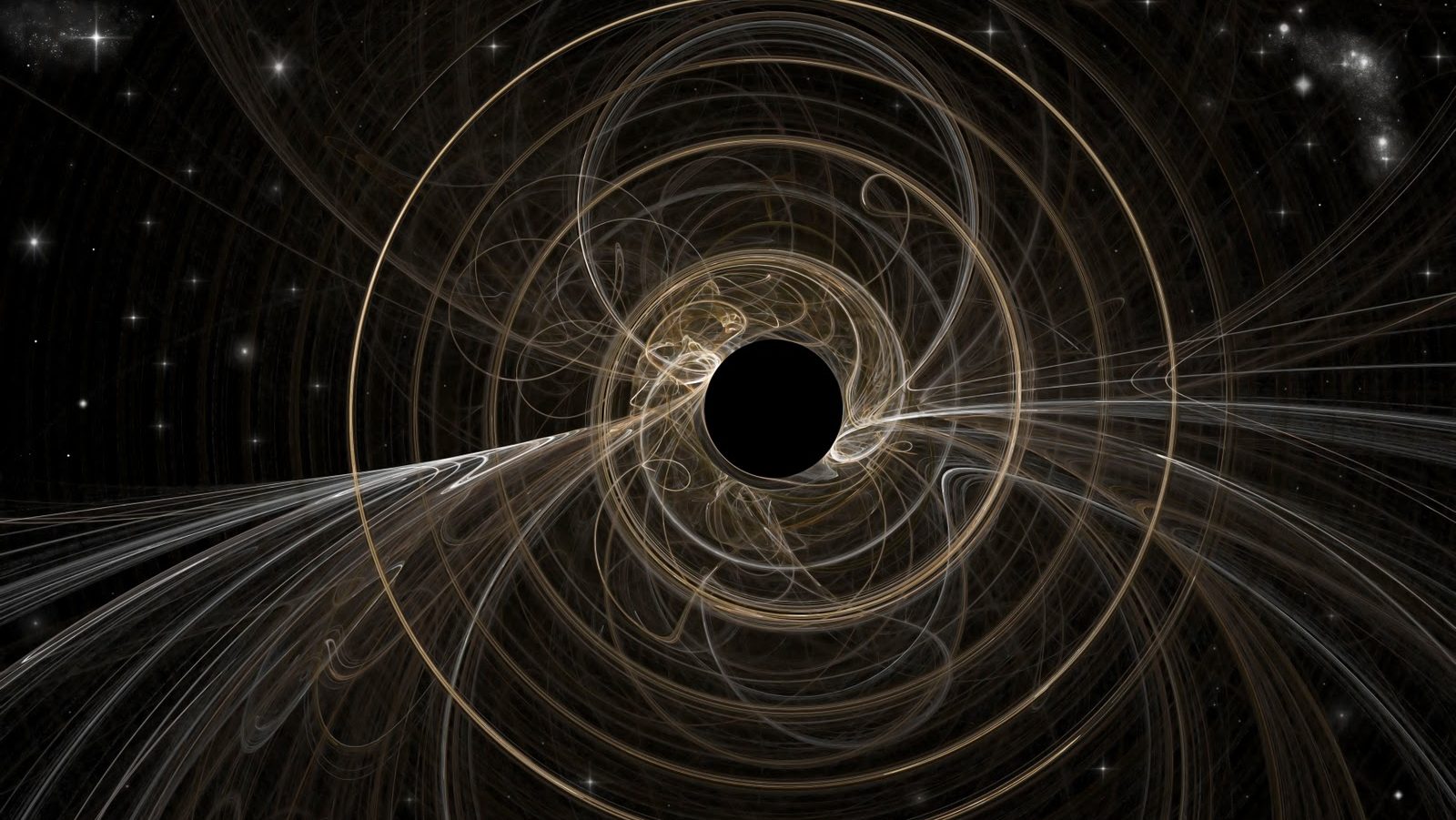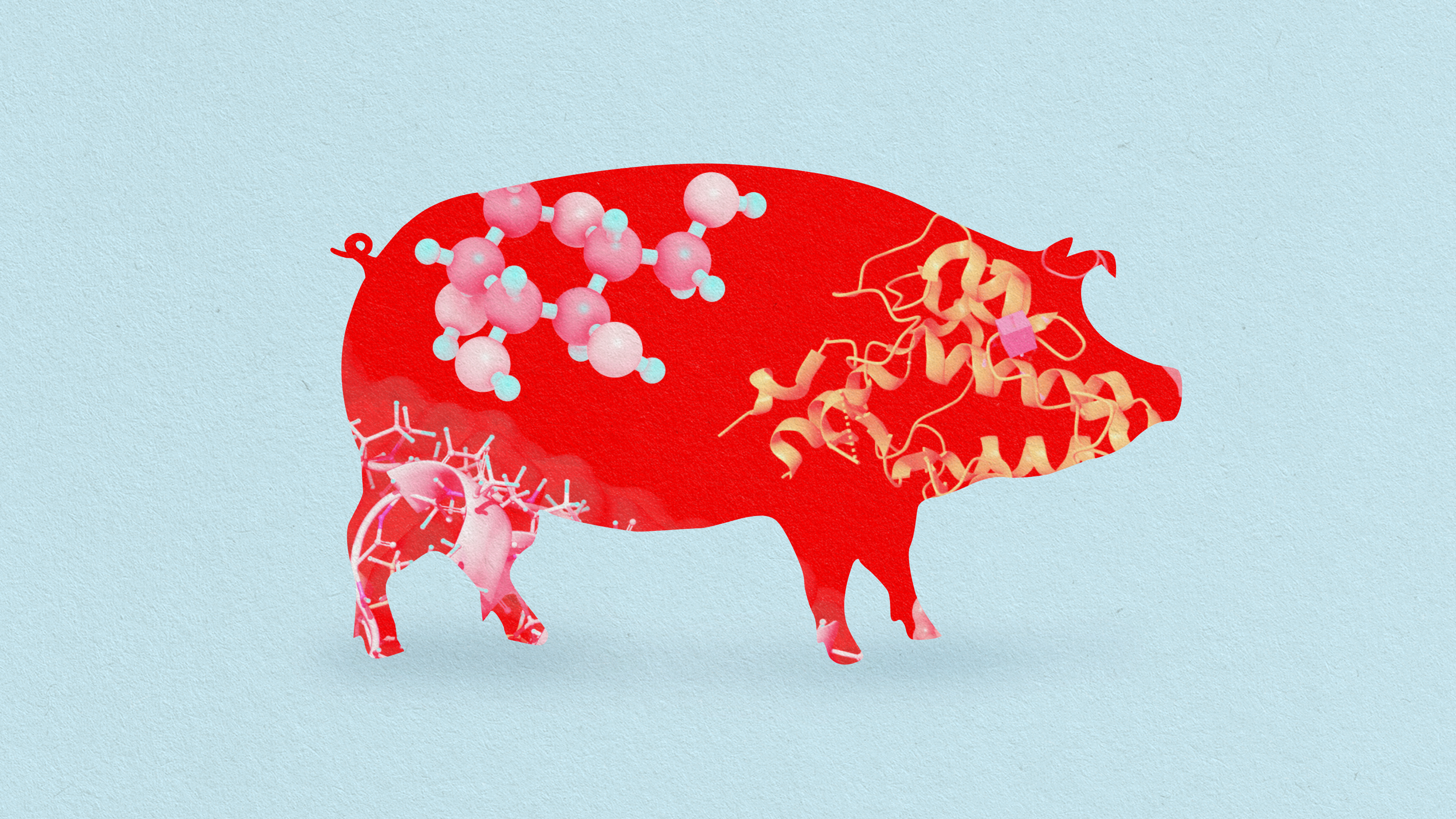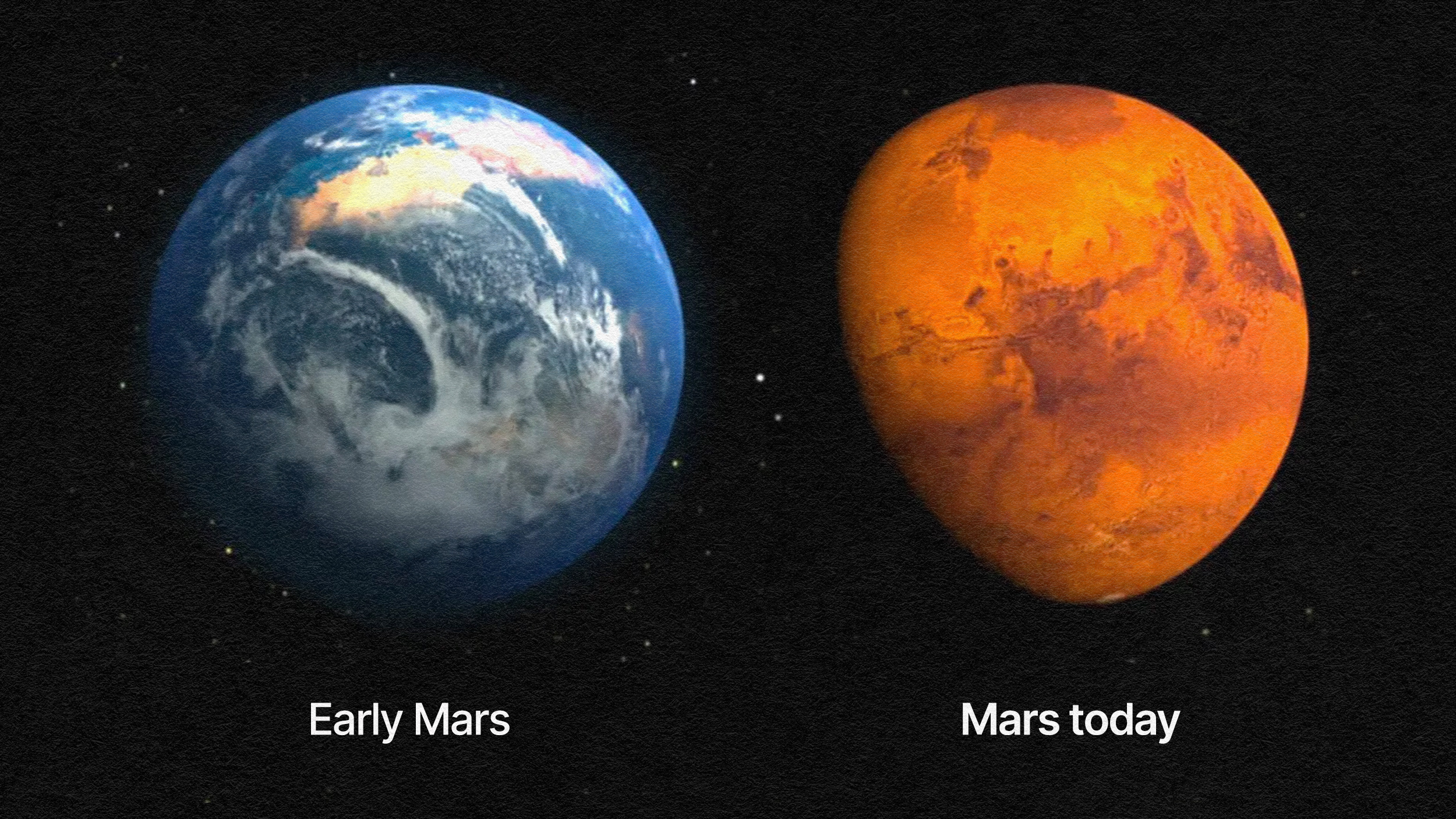The science fiction dream of a traversable wormhole is no closer to reality, despite a quantum computer’s suggestive simulation.
Search Results
You searched for: Physical Constants
The quantum world is one in which rules that are completely foreign to our everyday experience dictate bizarre behavior.
Most of us only ever see a fraction of a full rainbow: an arc. But optically, a full rainbow makes a complete circle. Physics explains why.
Light carries with it the secrets of reality in ways we cannot completely understand.
The Universe is expanding, and the Hubble constant tells us how fast. But how can it be a constant if the expansion is accelerating?
From the tiniest subatomic scales to the grandest cosmic ones, solving any of these puzzles could unlock our understanding of the Universe.
There’s a quantum limit to how precisely anything can be measured. By squeezing light, LIGO has now surpassed all previous limitations.
There are a few clues that the Universe isn’t completely adding up. Even so, the standard model of cosmology holds up stronger than ever.
A group of prominent scientists shares how research has changed them.
Tumor cells traverse many different types of fluids as they travel through the body.
Dive into a realm where time, space, and even reality itself are put into question.
A longstanding mismatch between theory and experiment motivated an exquisite muon measurement. At last, a theoretical solution has arrived.
In the quest to measure how antimatter falls, the possibility that it fell “up” provided hope for warp drive. Here’s how it all fell apart.
All the things that surround and compose us didn’t always exist. But describing their origin depends on what ‘nothing’ means.
The farther away they get, the smaller distant galaxies look. But only up to a point, and beyond that, they appear larger again. Here’s how.
Yushiro Kato — the 32-year-old co-founder and CEO of manufacturing platform CADDi — offers his most valuable leadership learnings.
The Universe isn’t just expanding, the expansion is also accelerating. If that’s true, how will the Milky Way and Andromeda eventually merge?
Is LK-99 truly a room temperature superconductor? These 4 tests, none of which have yet been passed, will separate fact from fiction.
The laws of physics don’t prefer matter over antimatter. So how can we be certain that distant stars & galaxies aren’t made of antimatter?
The Michelson-Morley experiment of 1887, despite expectations, revealed a null result: no effect. The implications were revolutionary.
From the Big Bang to dark energy, knowledge of the cosmos has sped up in the past century — but big questions linger.
Like Dua Lipa, he had to create new rules.
Billions of years ago, the ever-increasing entropy must’ve been much lower: the past hypothesis. Here’s how cosmic inflation solves it.
Singularities frustrate our understanding. But behind every singularity in physics hides a secret door to a new understanding of the world.
Even with the best technology imaginable, you’d probably never be able to exist as a consciously aware brain in a vat.
Though ultimately incorrect, the ancient Greek philosophers blazed a conceptual trail for humankind to understand the nature of reality.
All of the matter and radiation we measure today originated in a hot Big Bang long ago. The Universe was never empty, not even before that.
The largest particle accelerator and collider ever built is the Large Hadron Collider at CERN. Why not go much, much bigger?
Energy balance is the greatest arbiter of weight gain. Embrace the “oinker diet.”
Mars and Earth were sister planets in many ways, with early similar conditions. Why did Mars die? The leading explanation isn’t universal.

